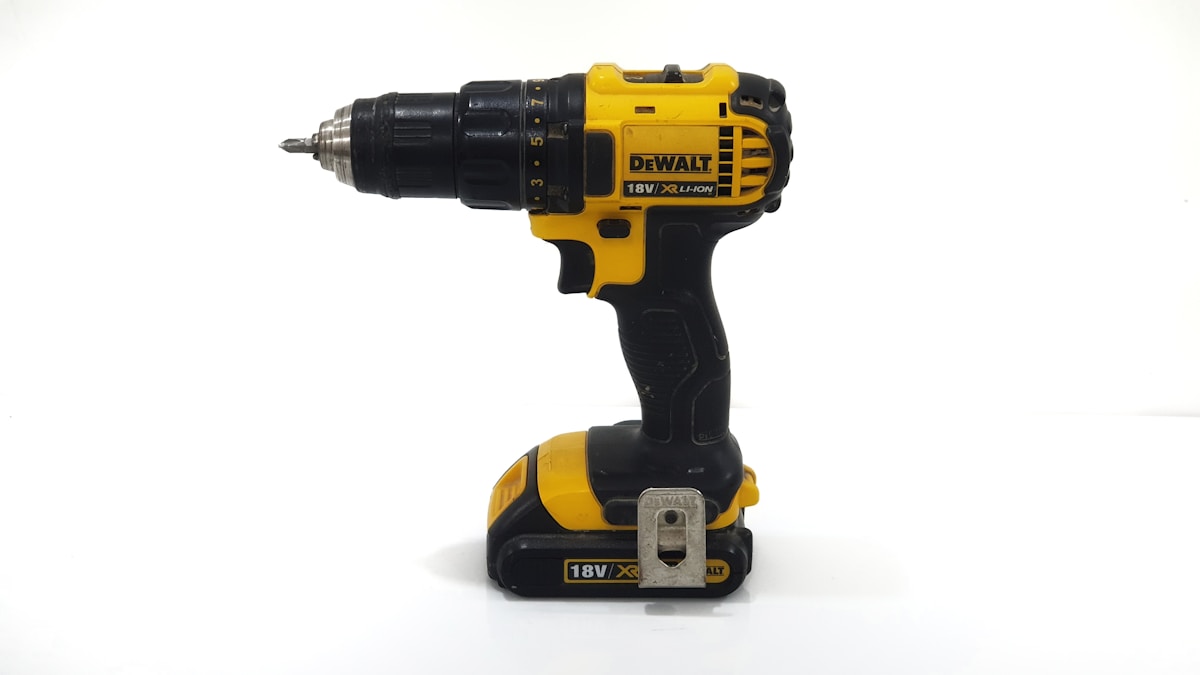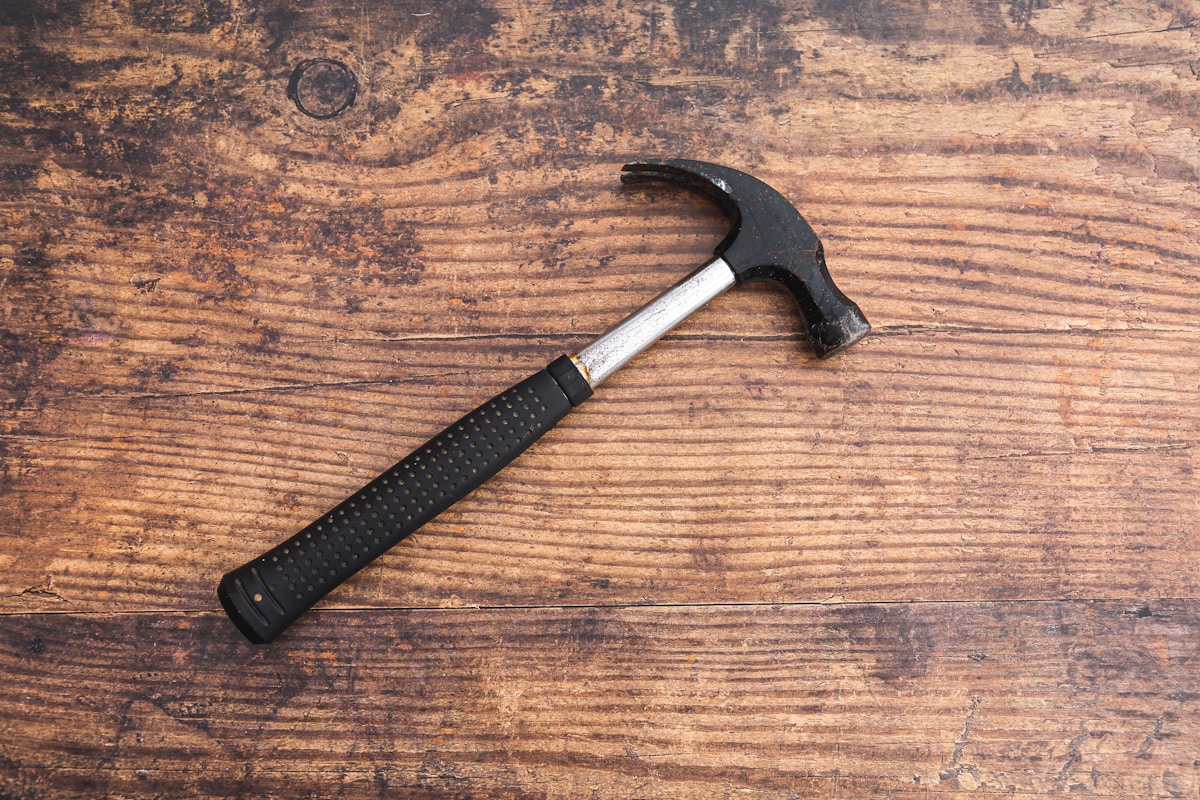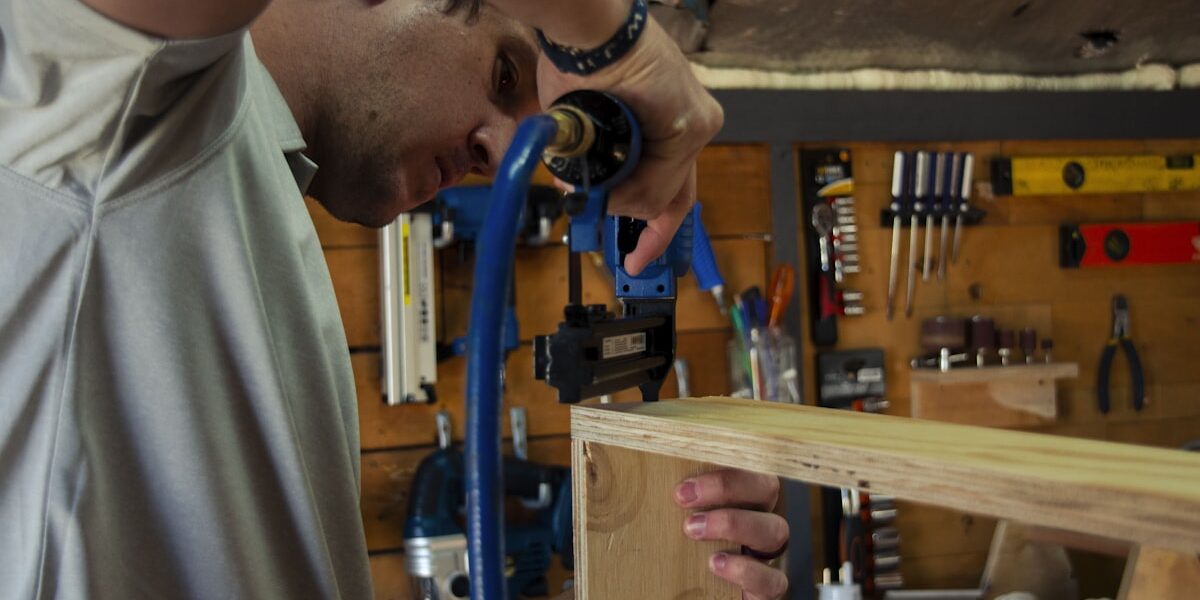Table Saw Planer
Table Saw Planer
For any woodworking enthusiast, a table saw planer is more than a tool. It’s a cornerstone of their workshop. Combining precision and versatility, it transforms rough lumber into perfectly thicknessed boards.
What is a Table Saw Planer?
A table saw planer is an essential piece of equipment in modern woodworking. It integrates the features of a table saw and a planer. This combination minimizes the need for multiple machines, thereby optimizing workshop space.

Key Features
Understanding its key features is crucial. Here’s what makes it stand out:
- Dual functionality: Sawing and planing in one unit.
- Precision cutting: Ensures straight and accurate cuts.
- Adjustable planer thickness: Helps in achieving desired board thickness.
- Stable build: Often comes with a heavy-duty base to reduce vibrations.
- Safety features: Includes safety guards and emergency stop buttons.
How Does It Work?
The tool operates in two primary modes. As a table saw, it allows for ripping and cross-cutting of boards. The planer mode is used to flatten and reduce the thickness of boards. Switching between modes typically involves adjusting settings and sometimes repositioning the workpiece.
Using the Table Saw Mode
In its table saw mode, it handles various cuts effortlessly. Remember to set the blade height appropriately. For ripping cuts, ensure the fence is aligned correctly. Cross-cuts require the use of a miter gauge for precision.

Always use push sticks or push blocks to guide the material through the blade safely. Keep your hands away from the blade and never reach over it.
Transforming Rough Lumber
With rough lumber, start with the table saw to get straight edges. Rip one edge, then use that edge against the fence for secondary cuts. This creates a rectangular board ready for planing.
Using the Planer Mode
In the planer mode, adjustments are key. Set the depth-of-cut knob to remove only small amounts of material at a time. This ensures a smooth and even finish while reducing strain on the machine.
Feed the board with the grain direction to avoid tear-out. Multiple passes may be required to reach the desired thickness.
Maintenance Tips
Regular maintenance increases the lifespan and efficiency of the machine:
- Keep the blades sharp: Dull blades increase effort and lead to rough cuts.
- Clean the table surface: Dust and resin buildup can affect accuracy.
- Lubricate moving parts: Prevents wear and ensures smooth operation.
- Check alignment: Regularly verify the calibration of the fences and guides.
Safety Considerations
Safety should always be a priority. Here are essential tips:
- Wear appropriate safety gear: Goggles, ear protection, and a dust mask.
- Follow manufacturer guidelines: Always read and understand the manual.
- Ensure proper ventilation: Woodworking generates dust and fumes.
- Disconnect power: Before changing blades or performing maintenance.
A table saw planer combines the functionality of two essential woodworking machines. This combination saves space and adds precision to woodworking projects. By understanding its features, mode of operation, and safety precautions, users can maximize its potential while ensuring safety and efficiency.
Choosing the Right Combination Machine
When shopping for a table saw planer combination, consider your typical project sizes. Machines range from compact benchtop units handling lumber up to 6 inches wide to industrial models processing 12-inch or wider stock. Your available space, electrical capacity (many larger units require 220V), and budget all influence the optimal choice.
Key specifications to compare include motor horsepower (1.5-3 HP typical for home shops), maximum cutting depth, fence accuracy, and dust collection compatibility. Read user reviews focusing on long-term reliability rather than initial impressions. Some combination machines excel at sawing but deliver mediocre planing results, or vice versa.
Setting Up Your Workspace
Combination machines require adequate space for both operations. Plan for infeed and outfeed support—a 6-foot board needs 6 feet of clear space on both sides of the machine. Many woodworkers build roller stands or extension tables that fold away when not in use.
Position the machine to allow natural workflow from rough lumber storage through milling operations. Good lighting directly over the work surface improves accuracy and safety. Connect to dust collection before first use—these machines produce significant waste in both modes.
Common Mistakes to Avoid
New users often make preventable errors with combination machines. Never plane boards with embedded nails, staples, or grit—these destroy expensive planer knives. Always check rough lumber with a metal detector before processing.
Avoid taking too heavy a cut in planer mode. Removing more than 1/32″ per pass strains the motor, produces rough results, and can cause snipe (a deeper cut at board ends). Multiple light passes yield better surfaces than aggressive single passes.
When using the table saw, never stand directly behind the blade where kickback can propel material. Position yourself to the side, use a riving knife or splitter, and never remove the blade guard for cuts that don’t require its removal.


Subscribe for Updates
Get the latest articles delivered to your inbox.
We respect your privacy. Unsubscribe anytime.